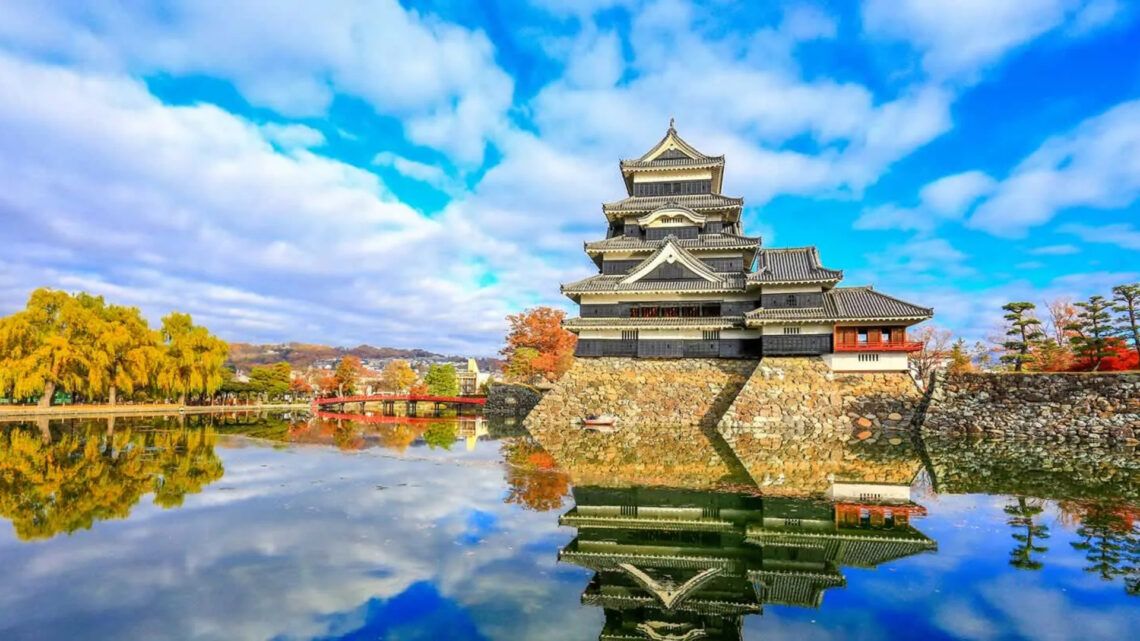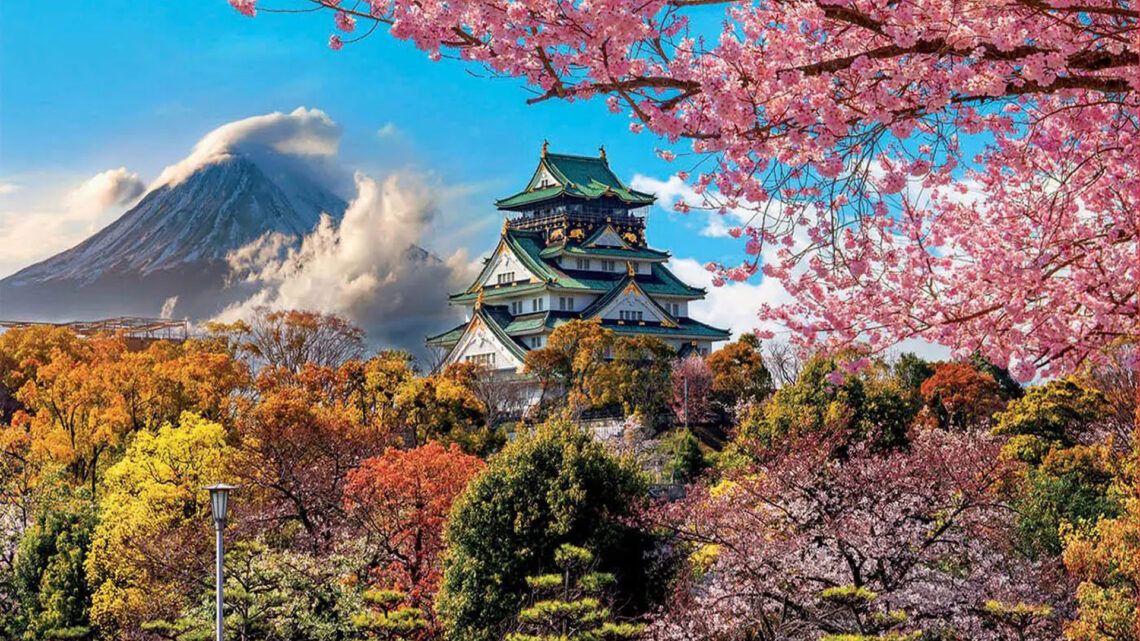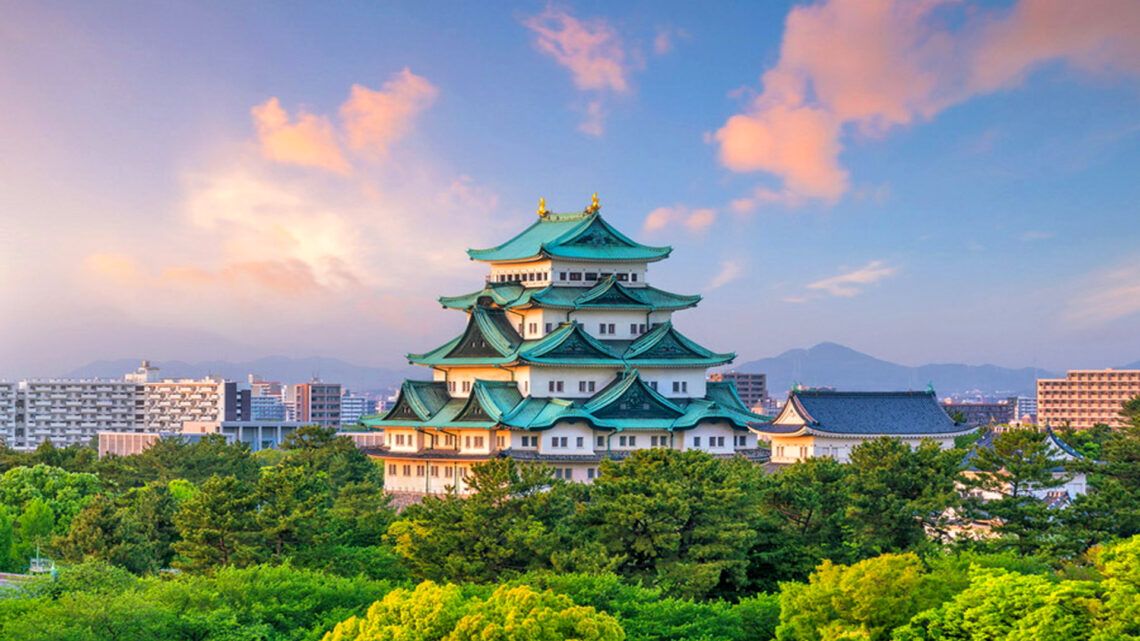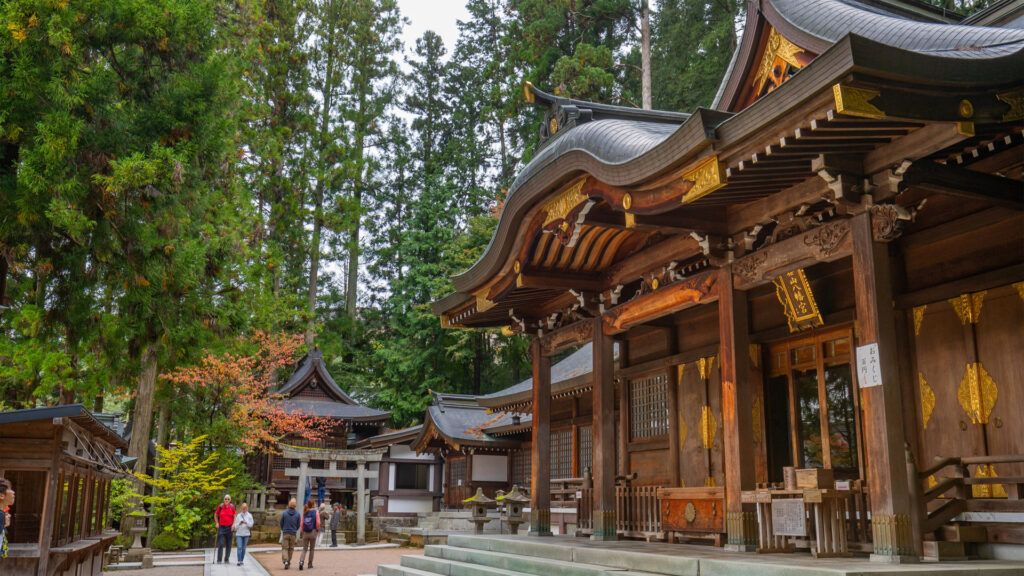
Nestled in the picturesque mountain landscape of Japan’s Gifu Prefecture lies the enchanting city of Takayama. Known for its exceptionally well-preserved historic districts, traditional farmhouses, and masterful craftsmanship, Takayama takes visitors on a fascinating journey into Japan’s past. In this comprehensive article, we delve deep into the history, culture, and attractions of this unique city, often referred to as the “Little Kyoto of the Mountains.”
To fully understand the significance and charm of Takayama, we must first take a look at the rich history of the city. The origins of Takayama date back to the Jomon period (14,000-300 BC), when the region was inhabited by hunters and gatherers. Archaeological findings from this time testify to early human settlement in the area.
However, the actual city history begins in the 16th century, when the powerful Kanamori family took control of the region. Under their rule, Takayama developed into an important political and economic center. The city’s strategically favorable location on important trade routes and the wealth of natural resources, especially timber from the surrounding forests, contributed significantly to its rise.
In 1586, construction of Takayama Castle began, representing the power center of the region. Although the castle no longer exists today, the preserved castle hill testifies to the former significance of this structure. The remains of the castle now offer a breathtaking view over the city and the surrounding mountain landscape.
A decisive turning point in Takayama’s history came in 1692 when the city was placed under the direct control of the Tokugawa Shogunate. This period, known as the Edo period (1603-1868), significantly shaped the appearance and character of the city as we know it today. As a “tenryo” or area directly administered by the Shogun, Takayama enjoyed a special status that allowed the city to develop a unique culture and economy.
During the Edo period, Takayama experienced a heyday of craftsmanship and trade. The city became famous for its skilled carpenters, lacquer workers, and goldsmiths. These craftsmen were so highly regarded that they were often called to Kyoto and Edo (present-day Tokyo) to work on important construction projects. The prosperity generated by these craftsmen and merchants is still reflected today in the magnificent machiya (townhouses) that characterize the historic city center.
The Meiji Restoration of 1868 brought changes to Takayama once again. With the end of the feudal system and Japan’s opening to the West, the city had to adapt to new economic and social realities. Despite these challenges, Takayama managed to preserve many of its traditional industries and cultural practices.
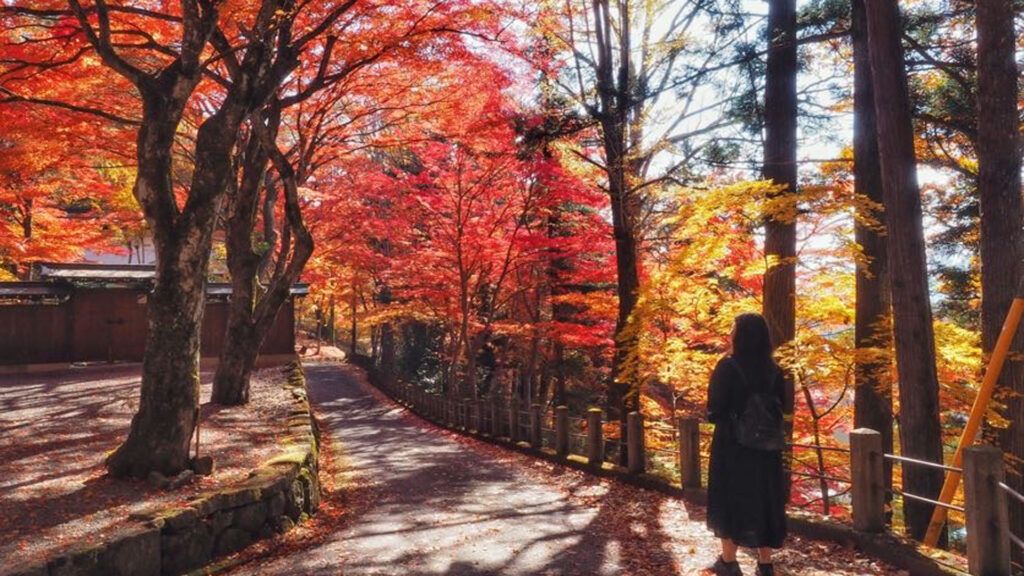
In the 20th century, Takayama recognized the value of the city’s cultural heritage. Instead of giving in to the rapid modernization that swept many other Japanese cities, Takayama opted for a cautious approach to urban development. This led to large parts of the historic city center being preserved and restored, making Takayama a unique testament to Japanese urban architecture and way of life from past centuries.
Today, Takayama is a city that skillfully combines tradition and modernity. While the historic center is carefully preserved, other parts of the city offer all the amenities of a modern Japanese town. This successful balance makes Takayama a fascinating destination for visitors from all over the world seeking an authentic experience of Japanese culture and history.
Crafts in Takayama
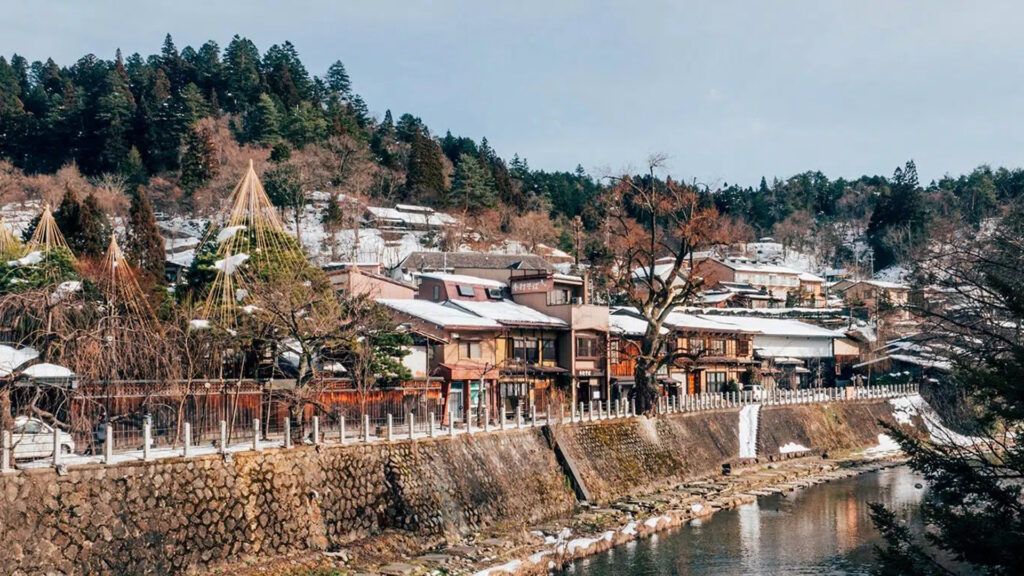
The city of Takayama has been a center of exquisite craftsmanship for centuries. The skills and traditions passed down here through generations have contributed significantly to the region’s cultural heritage and remain an integral part of the city’s identity today. Let’s take a detailed look at the various crafts that Takayama is famous for.
Wood carving (Ichii Ittobori)
One of Takayama’s most famous crafts is Ichii Ittobori wood carving. This technique, in which figures and objects are carved from a single piece of yew wood (Ichii), has its origins in the 19th century. The artisans of Takayama perfected this art and created delicate sculptures that often depict animals, mythological figures or everyday objects.
The special feature of Ichii Ittobori lies in the use of yew wood, which is valued for its fine grain and warm color. The carvers use special tools to work out the characteristic fine details and smooth surfaces.
offers something special for every taste.
Getting to Takayama and accommodation in Takayama
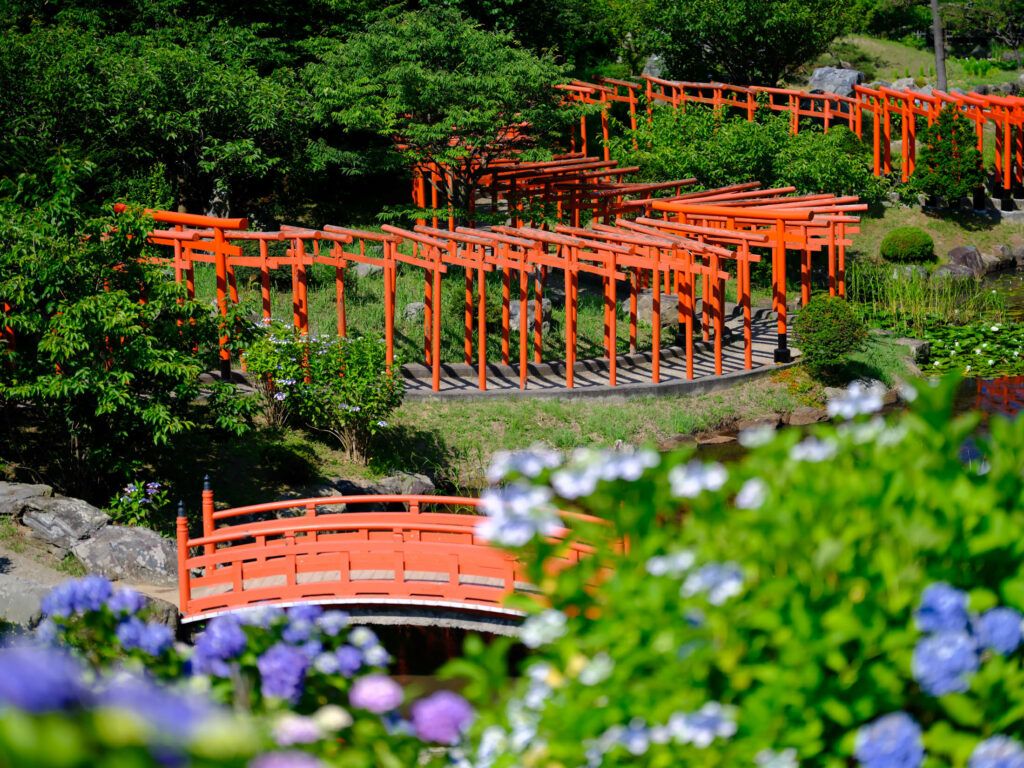
Getting to Takayama is relatively easy thanks to the good transport links, even though the city is located in a mountainous region.
By train:
The most convenient way to get to Takayama is by train. From Tokyo you can take the Shinkansen (bullet train) to Nagoya and then change to the limited express “Hida” which goes directly to Takayama. The total travel time is about 4.5 hours. From Osaka or Kyoto you first take the Shinkansen to Nagoya and then change to the “Hida”. This route takes about 3.5 hours from Osaka and 3 hours from Kyoto.
Takayama Station is centrally located and is a good starting point for exploring the city. Many hotels offer a shuttle service from the station.
By bus:
For budget-conscious travelers there are night bus connections from Tokyo, Osaka and other major cities to Takayama. While this option is cheaper, it is less comfortable and takes more time than taking the train.
By car:
Those who rent a car can enjoy the scenic scenery of the Japanese Alps. From Nagoya, the route takes about 2.5 hours via the Tokai-Hokuriku Expressway. However, it should be noted that the roads in the mountainous region can be snow-covered in winter.
By plane:
The nearest airport is Toyama Airport, about 90 minutes by bus from Takayama. From there, there are connections to the major airports in Japan.
Accommodation in Takayama
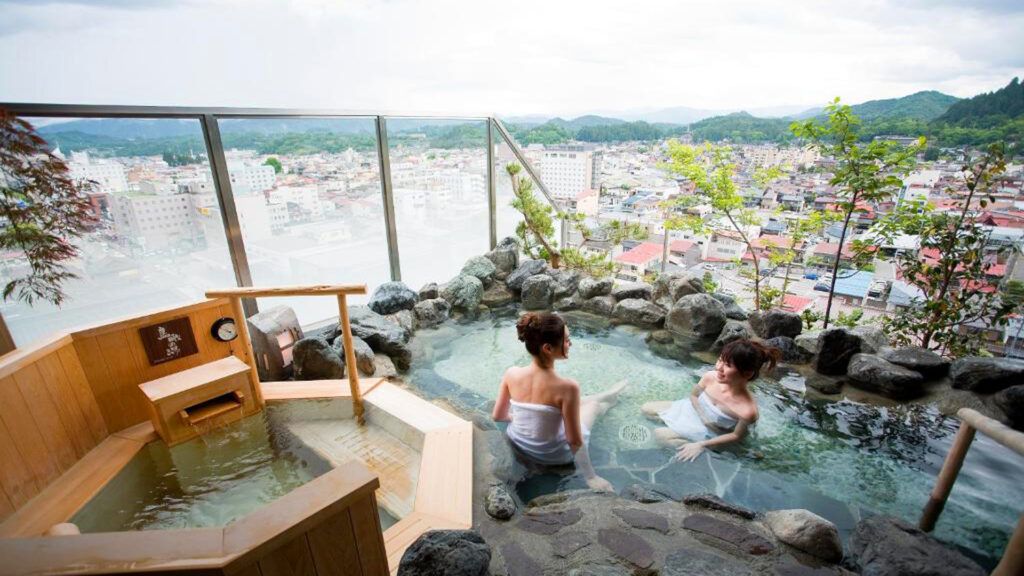
Takayama offers a variety of accommodations ranging from traditional ryokans to modern hotels. Here are some options to suit different budgets and preferences:
Traditional ryokans:
For an authentic Japanese experience, stay in a ryokan. These traditional inns offer rooms with tatami mats, futon beds, and often their own onsen (hot springs).
Honjin Hiranoya Bekkan: A luxurious ryokan in the heart of the city with its own onsen and exquisite kaiseki cuisine.
Oyado Koto No Yume: A charming family-run ryokan near the old town with excellent service.
Hotels:
For those who prefer Western comforts, there are a number of modern hotels.
Takayama Green Hotel: A large hotel with a variety of room types, restaurants, and an onsen overlooking the city.
Best Western Hotel Takayama: A reliable option with comfortable rooms and a good location near the train station.
Boutique Hotels:
For a mix of traditional and modern, boutique hotels are a good option.
Wat Hotel & Spa Hida Takayama: A stylish hotel with a modern design that incorporates traditional elements. It has a spa and a rooftop terrace with mountain views.
Guesthouses and Hostels:
Budget-friendly options for backpackers and budget travelers.
K’s House Takayama: A popular hostel with private rooms and dorms, known for its friendly atmosphere and helpful staff.
Takayama Ouan: A modern guesthouse with a Japanese feel that offers both private rooms and dorms.
Vacation Rentals:
For longer stays or families, vacation rentals can be a good option.
Iori Stay Takayama: Renovated traditional houses that are rented out as full vacation rentals, offering an authentic living experience.
Book early: Especially during festival times in spring and fall, and the peak season in summer, accommodations in Takayama book up quickly. Reservations several months in advance are recommended.
Consider location: Choose accommodation near the sights you want to see. The old town and the area around the train station are popular areas.
Onsen Experience: Many accommodations in Takayama have their own onsen. If you want to experience this Japanese bathing culture, look for this when booking.
Meals included: Many ryokans and some hotels include breakfast and dinner in the price, and this can be a great way to sample local cuisine.
Language barrier: In smaller, traditional accommodations, communication in English can sometimes be difficult. Larger hotels and internationally-focused guesthouses tend to have English-speaking staff.
Accessibility: If you have specific accessibility needs, inquire in advance. Many traditional buildings may not have elevators or wide hallways.
Seasonal price differences: Accommodation prices can vary greatly depending on the season. High season (Golden Week in May, Obon in August, fall foliage season) is usually the most expensive.
Best time to visit:
Takayama is an attractive destination year-round, but each season has its own appeal. With this information on arrival, accommodation and practical aspects, you are well prepared for your visit to Takayama. The city offers a unique mix of tradition and modernity, embedded in a breathtaking natural setting that is sure to inspire you.
Personal conclusion on Takayama
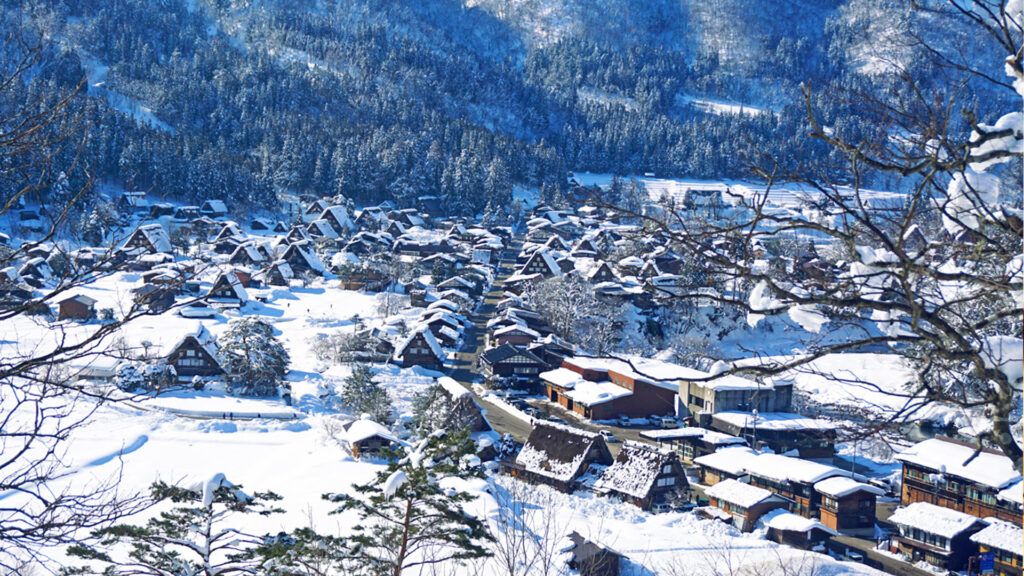
Takayama is a true gem among Japan’s cities, fascinating me anew with every visit. The unique blend of carefully preserved history and vibrant present creates an atmosphere rarely found elsewhere.
What particularly impresses me is the authenticity with which Takayama maintains its traditions. It doesn’t feel like a show staged for tourists, but like a genuine immersion in Japanese culture. Walking through the old streets of Sanmachi Suji feels like traveling through time.
The hospitality of the residents is remarkable. Whether in a traditional ryokan or a small family restaurant – the warmth and attention with which guests are received is extraordinary.
Culinary-wise, Takayama offers some of the best experiences I’ve had in Japan. The Hida beef is a revelation, and the variety of local sake is a delight for connoisseurs.
What makes Takayama special for me is the perfect balance between city life and nature. In a matter of minutes, one can move from busy streets to peaceful temple complexes or expansive mountain landscapes. This proximity to nature gives the city a special tranquility and balance.
I also appreciate how Takayama manages tourism. Despite its popularity, the city never feels overcrowded. There are always quiet corners to discover and opportunities to escape the hustle and bustle.
For me, Takayama embodies the best that Japan has to offer: a deep rootedness in tradition, coupled with a gentle openness to modernity. It’s a place where you can relax your soul while embarking on a cultural and culinary journey of discovery.
Every visit to Takayama leaves me with the desire to return soon. It’s a city that you don’t just visit, but experience and feel. For anyone wanting to discover the true heart of Japan beyond the big metropolises, Takayama is a must.

